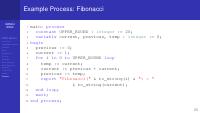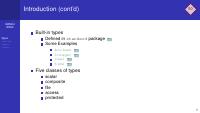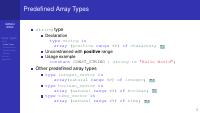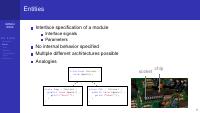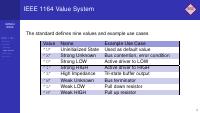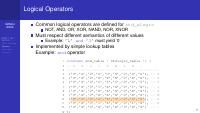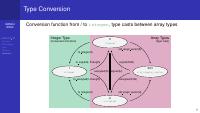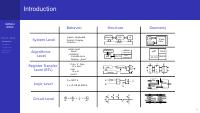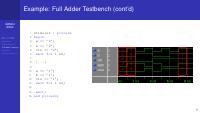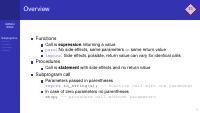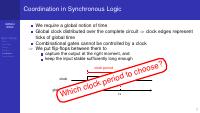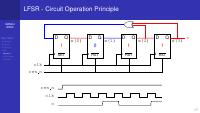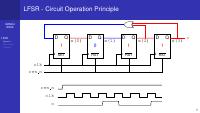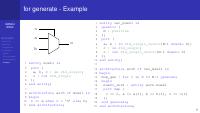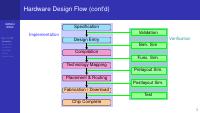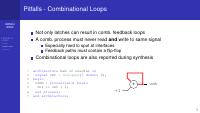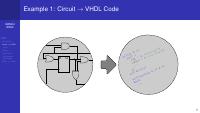Welcome to Hardware Modeling (191.011)
Course Team:
Dylan Baumann & Florian Huemer & Andreas Steininger & Sebastian Wiedemann
This course provides an in-depth exploration of hardware modeling, VHDL, and digital circuits simulation. Learn how to describe, analyze, and design hardware using modern tools.
What You'll Learn
- Learn and apply VHDL to describe hardware components.
- Work with industry-standard tools like QuestaSim, Quartus, and FPGAs.
- Develop testbenches and verify digital designs using various simulation techniques.
- Explore combinational circuits, the synchronous design paradigm, and finite state machines.

